Optimal Timing for Stone Steps Repairs
Timing for stone steps repairs depends on various environmental and structural factors. Proper scheduling ensures durability and minimizes disruption. Understanding seasonal weather patterns and material conditions can help determine the optimal period for repairs.
Inspect stone steps for cracks, erosion, or loose stones to determine repair needs.
Late spring or early fall often provide ideal weather conditions for repairs.
Gather suitable repair materials compatible with existing stone and environmental conditions.
Carry out repairs during dry weather to ensure proper setting and curing.
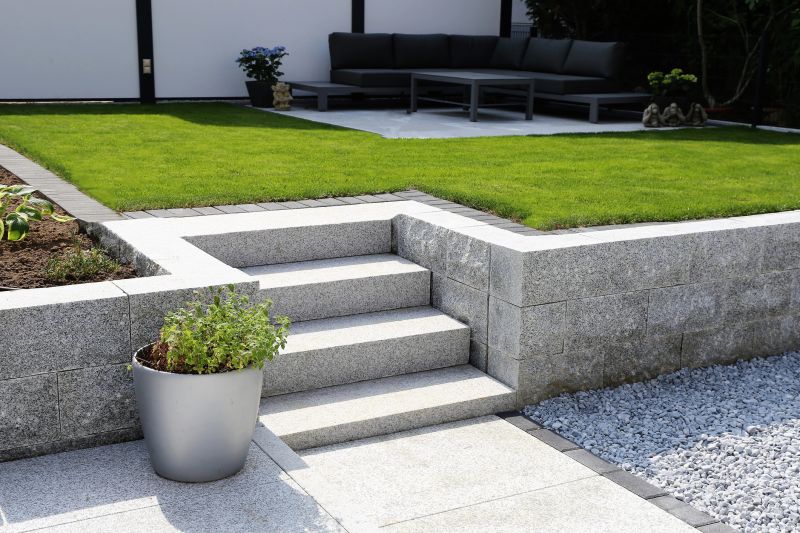
Ways to make Stone Steps Repairs work in tight or awkward layouts.
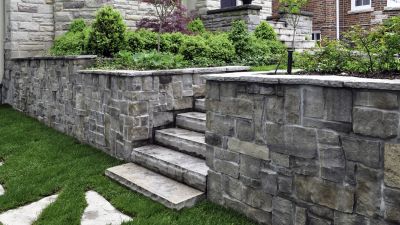
Popular materials for Stone Steps Repairs and why they hold up over time.
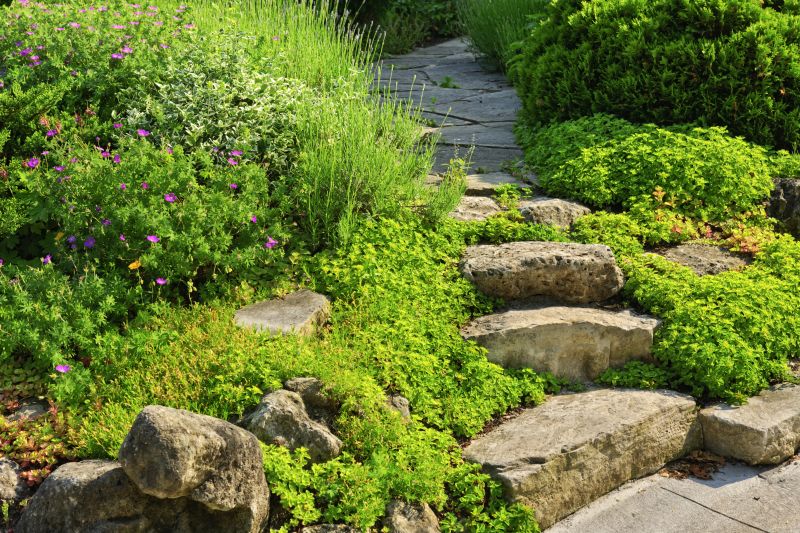
Simple add-ons that improve Stone Steps Repairs without blowing the budget.
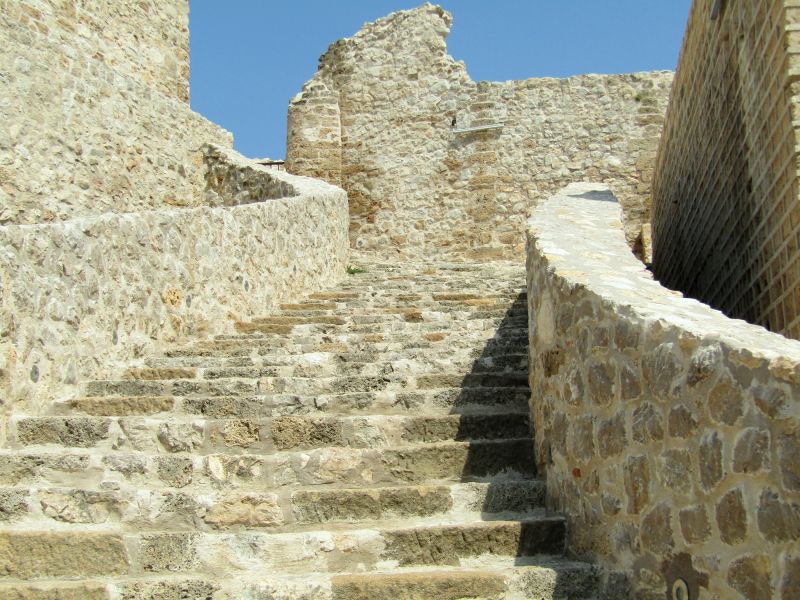
High-end options that actually feel worth it for Stone Steps Repairs.

Finishes and colors that play nicely with Stone Steps Repairs.

Little measurements that prevent headaches on Stone Steps Repairs day.
Stone steps repairs are essential for preserving the structural integrity and aesthetic appeal of outdoor pathways. The process involves assessing damage, selecting appropriate materials, and executing repairs under suitable weather conditions. Timing repairs during favorable seasons reduces the risk of issues such as freeze-thaw damage or improper curing. Proper planning and execution can extend the lifespan of stone steps, ensuring safety and visual consistency.
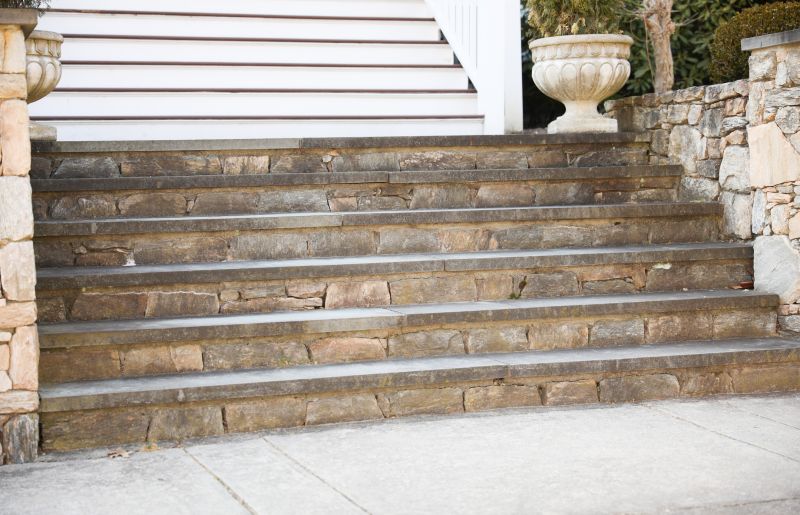
A 60-second routine that keeps Stone Steps Repairs looking new.

A frequent mistake in Stone Steps Repairs and how to dodge it.
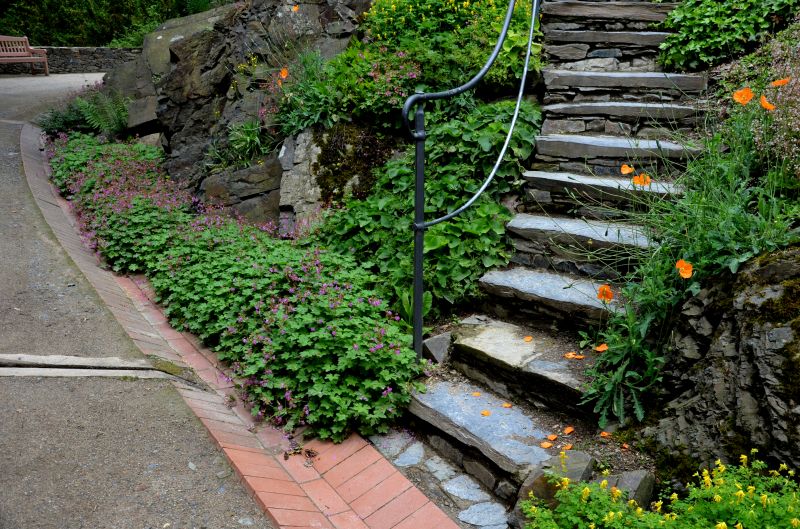
Small tweaks to make Stone Steps Repairs safer and easier to use.
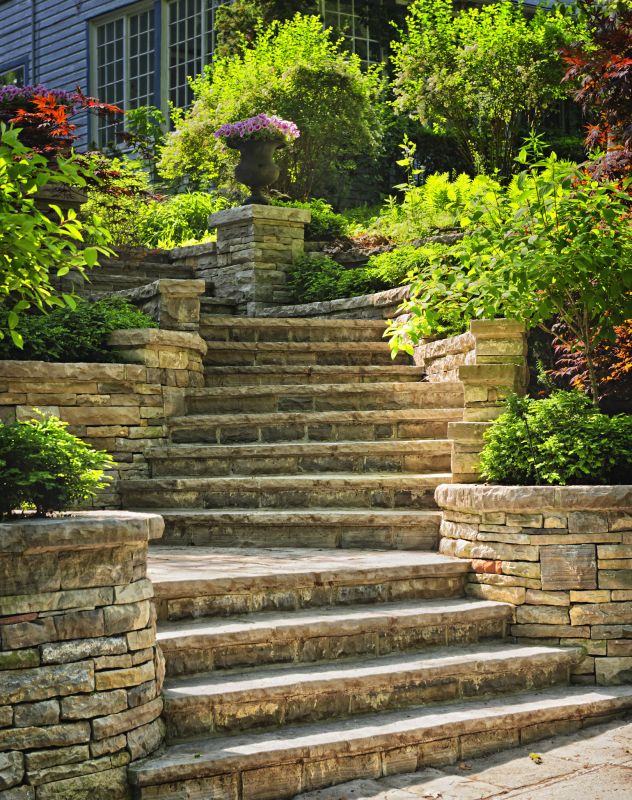
Lower-waste or water-saving choices for Stone Steps Repairs.
| Season | Ideal Repair Conditions |
|---|---|
| Spring | Moderate temperatures, minimal rain, ideal for curing |
| Summer | Dry weather, avoid extreme heat for material setting |
| Fall | Cooler temperatures, dry days, suitable for repairs |
| Winter | Not recommended due to freezing temperatures and moisture |
Choosing the right time for stone steps repairs can significantly impact the durability and appearance of the finished work. Repairing during dry, moderate weather conditions ensures proper adhesion and curing of materials. Avoiding winter and periods of heavy rain helps prevent issues such as cracking or improper bonding, which can compromise the repair's longevity.
Interested in scheduling stone steps repairs? Filling out the contact form provides an opportunity to discuss specific needs and timing considerations with a professional. Proper planning and execution can help maintain the safety and aesthetic of outdoor stone pathways.



